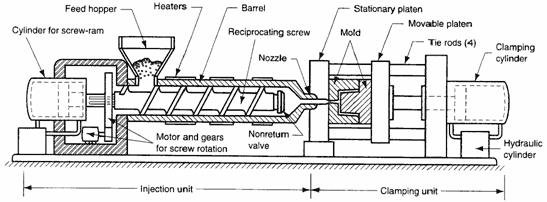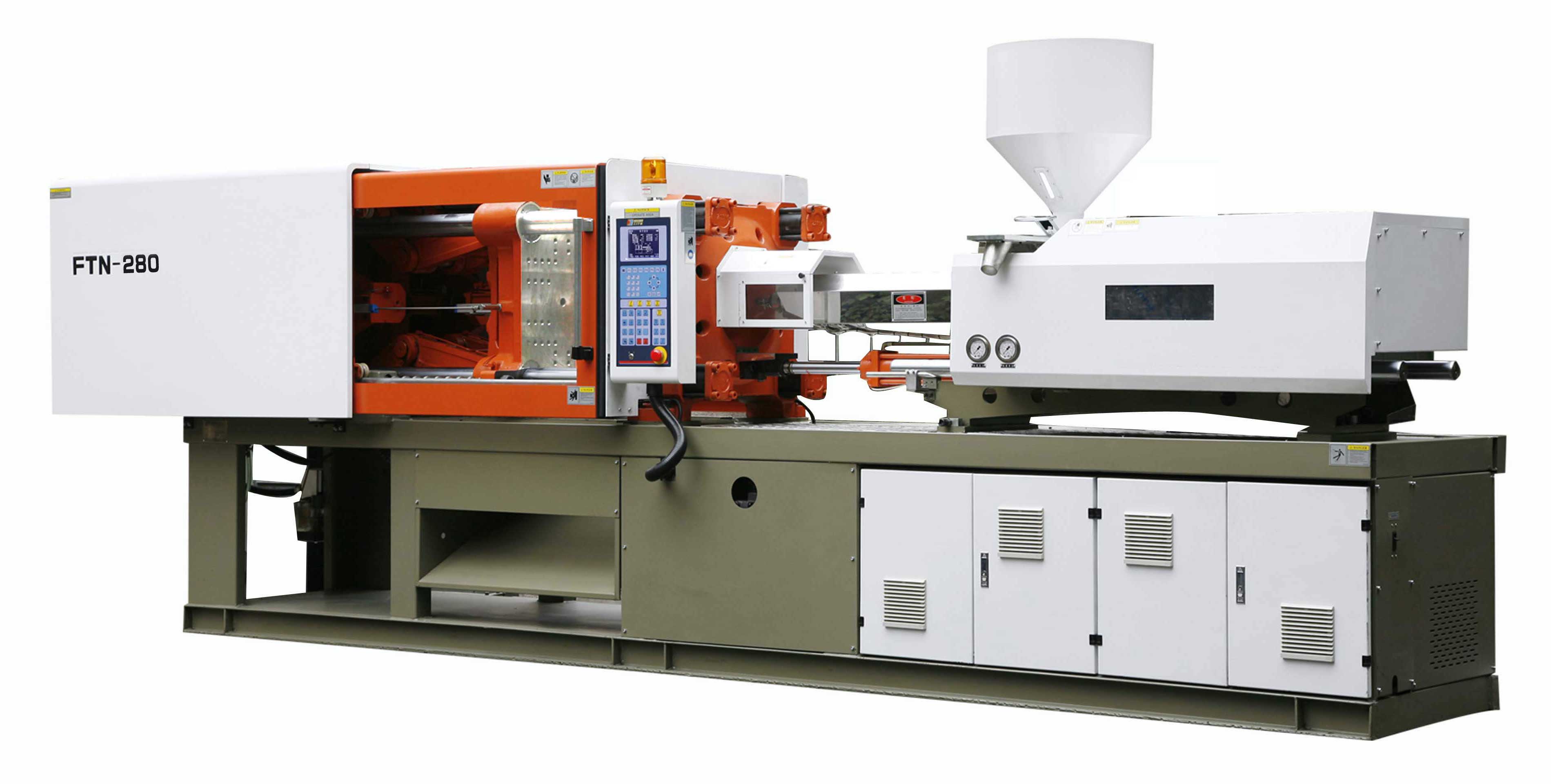DFA
As with all parts of design, the design for assembly (DFA)
must not be overlooked. It’s not just
clips, screws and adhesive. Clips have
to be very well thought out, screws must fit into bosses/holes and fail-safing
must be used to stop components being assembled in an incorrect way. Of course there is automated assemble, where
the control is in the code, setup and mechanisms. However when working with humans the control
you have is in the design of the components and product.
Poka-Yoke
To prevent human error within product assemble a fail safe
method must be used. For example if you needed to clip a cable with a connector
into another part, to ensure that the connector is plugged in the way, an extra
feature or rib could be used so that the two parts can only be clipped together
in one way. This term of fail-safing is
not just used in the manufacturing and assembly Industry but also so we the users
put our SIM cards for our phones in the correct way. So we can plug our USB devices in only one
way. Or even draw runners that stop you
from pulling the draw all the way out. This
method of fail-safing is called Poka-yoke.
A Japanese term first coined by Toyota’s manufacturing system.
Clips, screws, adhesives and fasteners
As a basic rule, the less components, generally, but not always,
the less time it takes to assemble. The
more components that make a product, the more parts to attach together. With plastic
parts clipping and screwing them together is often used.
Screws
- Are an extra component and cost.
- Take time to be put in.
- Must be the correct screw to use and put in correctly. (Not at an angle, and to the correct torque).
- Easy to disassemble.
Clips
- Molded into component most often.
- Quality of the clip is controlled mostly be the designer and molding process.
- Not always easy to disassemble and can sometimes snap off.
The decision of whether to use
screw or clips is a difficult one. From
the view of production clips means less components, most likely less time to
assemble and less equipment needed.
Although it may be more difficult to rescue parts if a product is faulty/damaged
and needs to disassembled to reuse the good parts. Sometimes the use of both can be a good
combination.
Assembly
A designer can tell how difficult an
assembly process is by looking at the faces of assembly workers when they are
assembling a product. If they look as if
they are struggling, there is your difficult part of the assembly process. If there are multiple workers assembling the
product look at which process is the bottleneck, which workers are standing around
waiting for the others and who is constantly working to build for the next
process. By watching your assembly
workers you can see the flaws in the design.
If you don’t have access to watching your assembly workers then you can
try to assemble the product yourself. Whether
it is with real molded parts or 3D printed parts you will be able to get an
idea of the difficult parts and processes.
Doing this can also make you think how you will assemble the
product and how you will want to break
up the processes in jobs if multiple people are assembling the product.
Hopefully this gives you a brief
overview of DFA with a bias on plastic components.
Coming soon will be a series on Injection molding tooling design!











